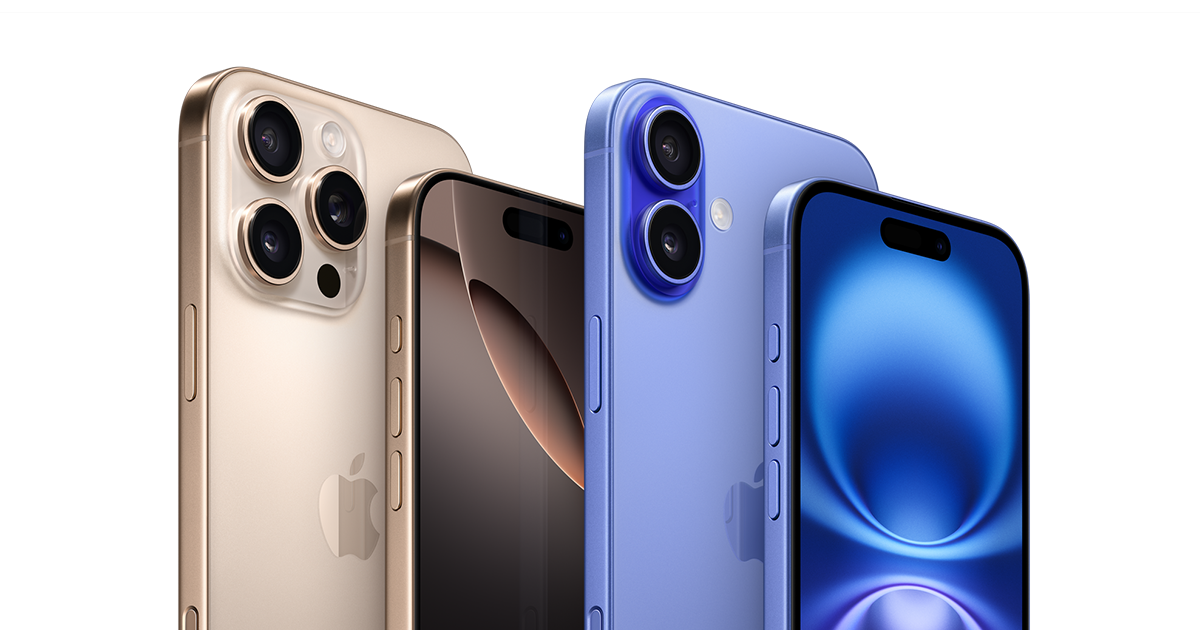EOTO 2:
For my project, I talked about the social credit score. The social credit score "is a national system that evaluates the trustworthiness of individuals, businesses, and government entities." In other words, this is a score you receive based on how you act. The social credit score began in 2009. Local governments were the first to launch the first pilot testing. After some time in 2015 they piloted companies to use the social credit score as well. They did this to help combat the Ponzi schemes and corruption companies involved. After this, they implemented it in 12 cities, including Beijing. Then, finally, in 2020, all citizens of China had to sign up for the social credit system.
Every citizen starts with a score of 1,000 and is graded on how they act. The structure is broken down into letter grades. The letter grades are followed by A (960 - 1,000 points), B (850 - 955), C (840 - 600), and D (600 - 0). People's scores fluctuate depending on their behavior. If you're being a good citizen, throwing out your garbage, speaking good about the government, not committing crimes, etc., your score will increase. If you're committing crimes, talking bad about the government, jaywalking, playing too many video games, etc., your score will decrease.
Having a good score can help people with many things, like receiving tax breaks, waived rent deposits, work promotions, and cheaper public transportation. People with bad scores, also known as "blacklisted," are unable to receive loans or travel and have the potential for public shaming.
China has implemented AI to track people. When you sign up for the program, they take pictures of you and scan your face. Once in the system, the 200 million surveillance cameras will watch people and see if someone is doing something bad.
In the U.S., we saw some sort of this with the Twitter Files. The Twitter files were leaked by Elon Musk from December 2022 to March 2023. These files showed how the government was aiding Twitter to push tweets that would fit what the government wanted and suppress the dissenting tweets even if true. During the COVID pandemic, the government wanted Twitter to push the vaccine. Anyone who tweeted against the vaccine was deemed as not trustworthy. Many medical experts said the vaccine was good, and many of those tweets either got deleted or flagged. Lastly, many people also got banned from Twitter based on their political stance. It got really bad when Twitter banned former President Donald Trump. Many people thought this was ridiculous and were upset with Twitter. Overall, after looking at all of this, a big question that follows is whether Twitter is limiting American's First Amendment right of freedom of speech and expression.
Lastly, another big controversy going on is debanking. John Eastman was one of Trump's attorneys who was debanked by both Bank of America and USAA. They shut down his accounts for no reason. This also happened with the National Committee for Religious Freedom (NCRF), which is a nonprofit advocacy group that defends everyone in America to live their faith freely. J.P Morgan Chase closed their accounts because it would not disclose a list of donors who contributed 10 percent or more to its operating budget.
Overall, politics aside, they're clearly trying to limit the right side. They're taking money away from attorneys who defended Trump and deleted Trump's Twitter because they do not like him. You may not like someone but that does not give companies the right to close their bank accounts and delete people on platforms who are expressing their freedom of speech.













